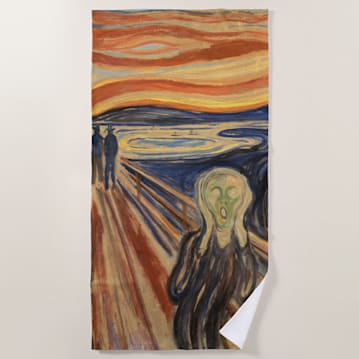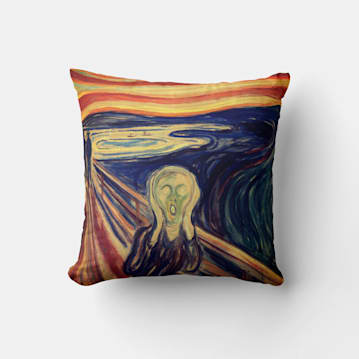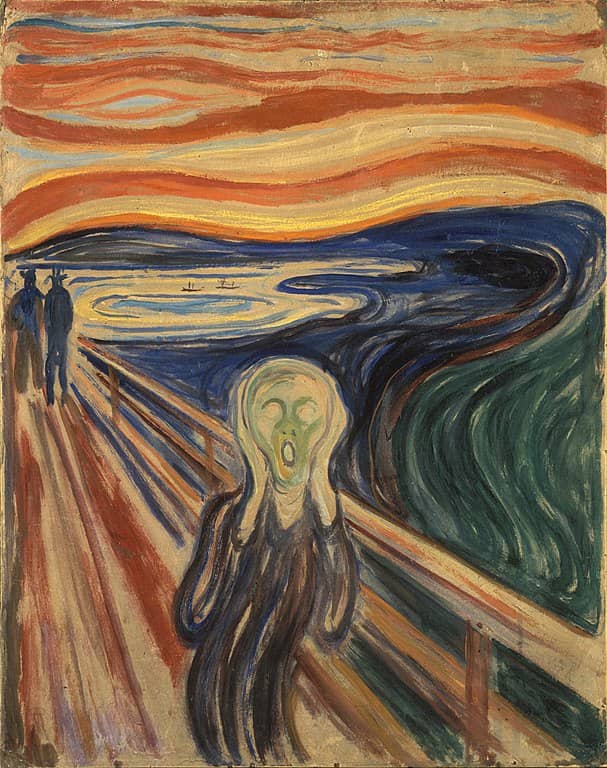The Artist Edvard Munch
A Key figure in Expressionistic Art
Born in Loten, Norway, on December 12, 1863, Edvard Munch was known for his distinct and emotionally charged style. A style that had a direct correlation to his life experiences and struggles. Munch was a pioneer of the expressionist movement, a class of art that focused on emotions rather than realistic images.
Munch's family was plagued by illness and tragedy. His mother passed away from tuberculosis when he was only five years old, while his father and older sister also died of the same disease in his early twenties. This most likely contributed to his struggle with mental health throughout his life. His anxiety was seen in his work, which was often a reflection of his inner turmoil.
Despite his personal challenges, Munch pursued a career in art. He attended the Royal School of Art and Design in Kristiania (now Oslo), where the work of the French impressionists heavily influenced him. Munch's early work was known for focusing on the fleeting moments of everyday life, and he often painted scenes of people in quiet contemplation or solitude.
Some of Munch's most famous works include "The Scream" and "The Sun". His emotion-filled works that led the Expressionist era still relate to art enthusiasts today.
About Edvard Munch
| Birth Date | December 12, 1863 |
|---|---|
| Date Died | January 23, 1944 |
| Jobs Other Than Painting | Teacher, Illustrator |
| Art Training | Formal training included studying at the Royal School of Art and Design |
| Painting Period(s) | Expressionism, Post-Impressionism, Modern Art |
| Interesting Facts |
|







